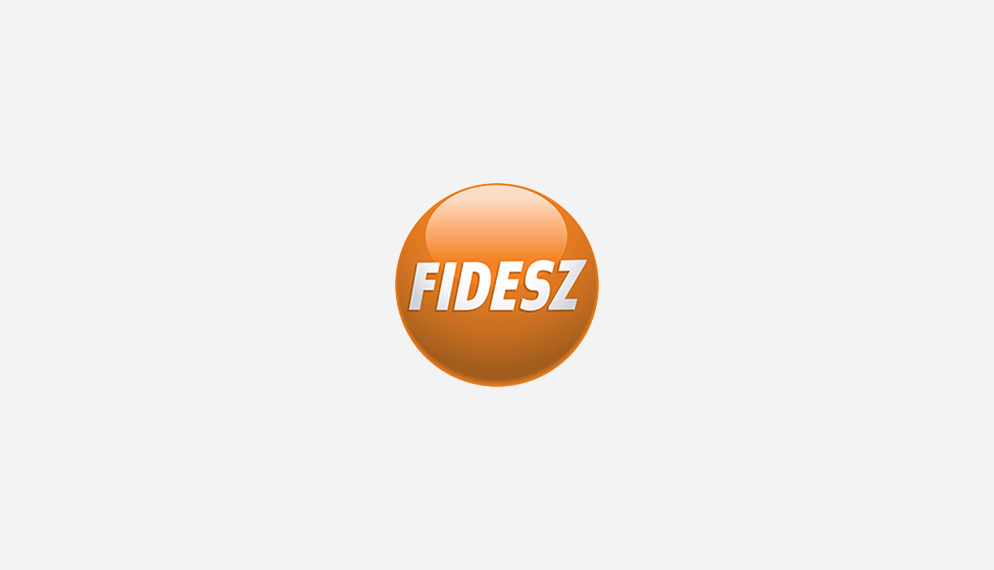
Hungary’s Tough Road to Economic Recovery
2015. 04. 17.
Standard & Poor’s recently upgradedHungary’s credit rating. Now, Hungary stands only one notch below investment grade category at all three major credit rating institutions, but several financial experts say Hungary may return to its pre-crisis, investment grade rating before the end of the year.
It has been a tough road back, but the upgrading of the credit rating marks a significant milestone in Hungary’s economic recovery. Hungarians have a right to be proud. Back in 2008, following uncontrolled government spending and a downward spiral of low growth and more debt, the financial crisis hit Hungary when it was terribly exposed. Stratfor predictedHungary would default, and they were not alone.
Today, the economic outlook is far more optimistic. After almost a decade under the excessive deficit procedure, Hungary has slashed the deficit to keep it under the Maastricht threshold and managed a strict, stable budget. The European Commission removed the excessive deficit procedure against Hungary in 2013, and last year’s preliminary budget deficit figure came inat 2.6 percent.
Hungary’s 2014 GDP growth exceeded expectationsand hit 3.6 percent, putting the country back at the pre-crisis GDP level.
While high unemployment continues to plague many EU member states, in Hungary, joblessness has hit new record lows and the European Commission predictsthe trend will continue, along with near-zero inflation and dynamic growth. While France still struggles to keep its budget deficit under the threshold and Greece wrestles with mounting debt, Hungary’s recovering economy offers a bright spot on the EU’s troubled economic landscape.
The country’s debt-to-GDP ratio is now well under 80 percent, 76.9 percent, according to the latest. That’s down from 81 percent just a few years ago. When GDP grows while external debt shrinks, it means our growth is not financed from loans outside the country.
Furthermore, only 40 percent of this external debt is denominated in foreign currency, down from 60 percent. That means much less exposure to exchange rate risk, something Standard & Poor’s also noted in the recent upgrade. That’s thanks to the government’s determined effort to convert foreign exchange loans into Hungarian forints and policy of borrowing primarily in the local currency.
Concerning private debt, the government’s push to convert foreign currency-denominated loans proved prescient, sparinghundreds of thousands of Hungarian households just in time before the Swiss central bank lifted the cap on the franc in January and the currency’s value jumped by almost 30 percent. That would have meant catastrophe for many Hungarians holding Swiss franc loans.
Even if the latest credit rating upgrade does not restore Hungary’s rating to its pre-crisis category, the upgrade at least recognizes the country’s positive trends.Others have noticed as well. Forbes Magazine has ranked Hungary’s state bonds among the top 10 must-buy investments, because they see that the government and the Central Bank pursue pro-growth policies while managing a strict budget. PwC’s recent surveyshows that Hungarian CEOs are also optimistic about the country’s economic future.
With all these positives, how long will it take the credit rating agencies to take another good look at Hungary and return us to investment grade?